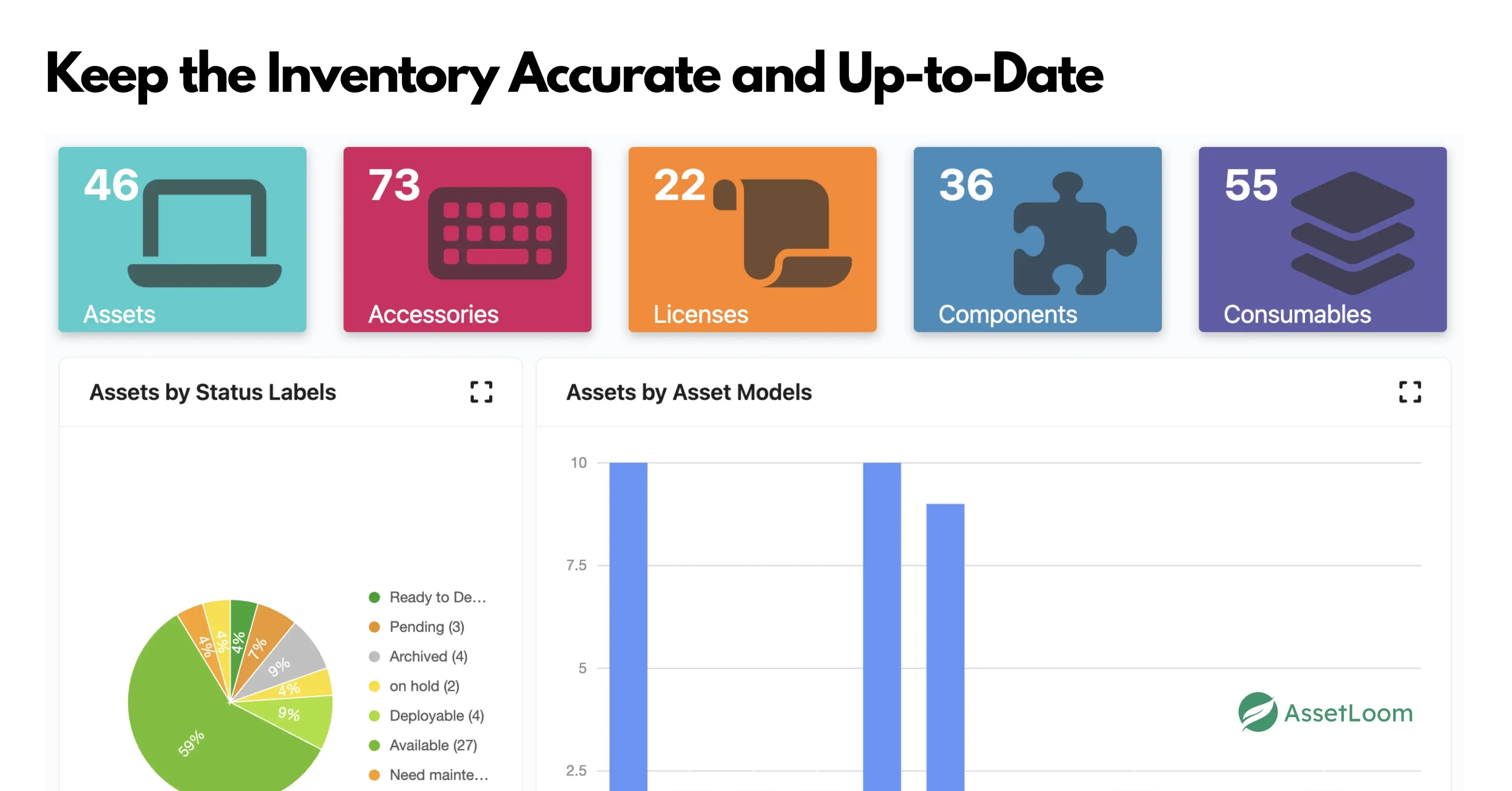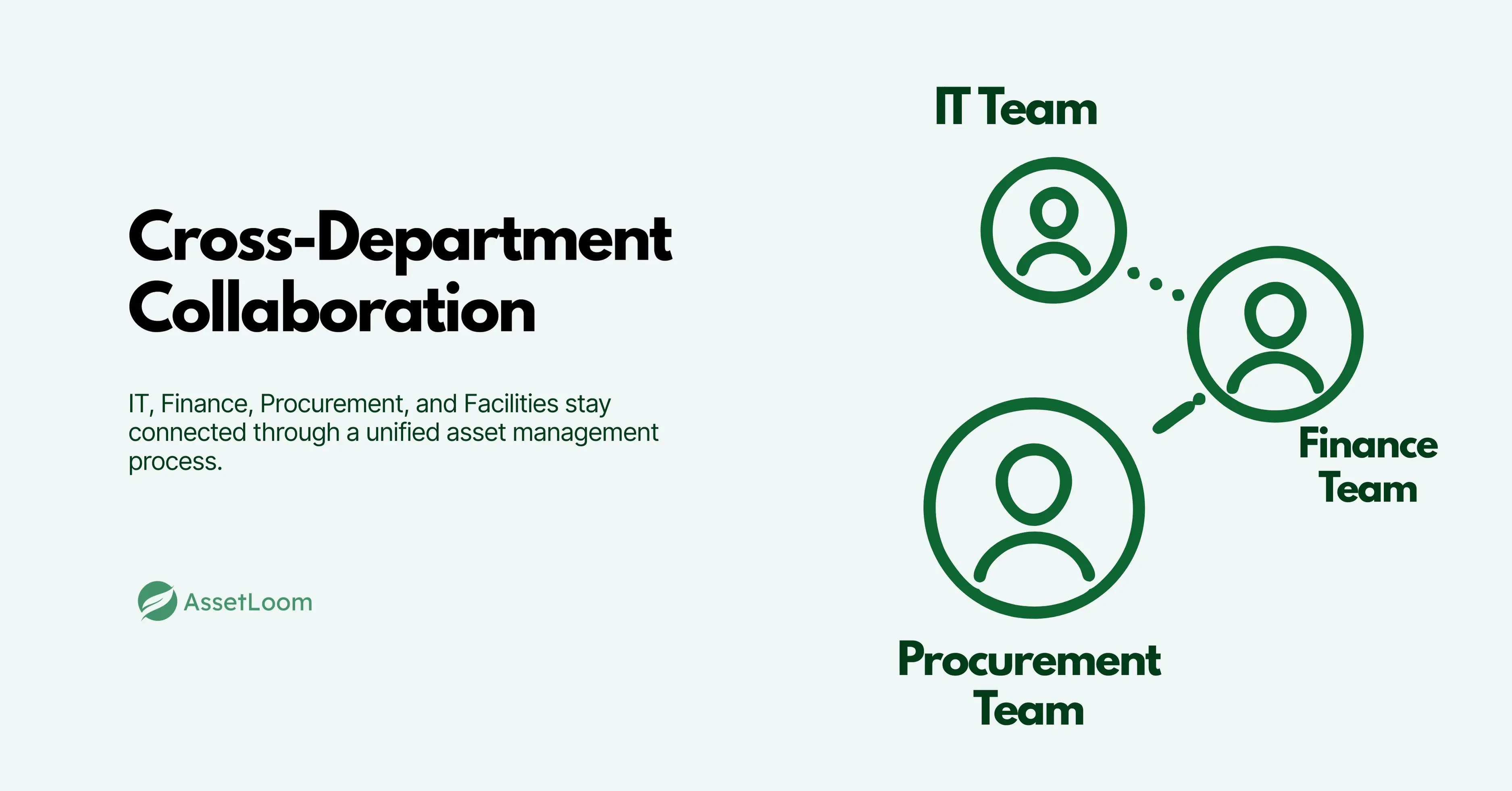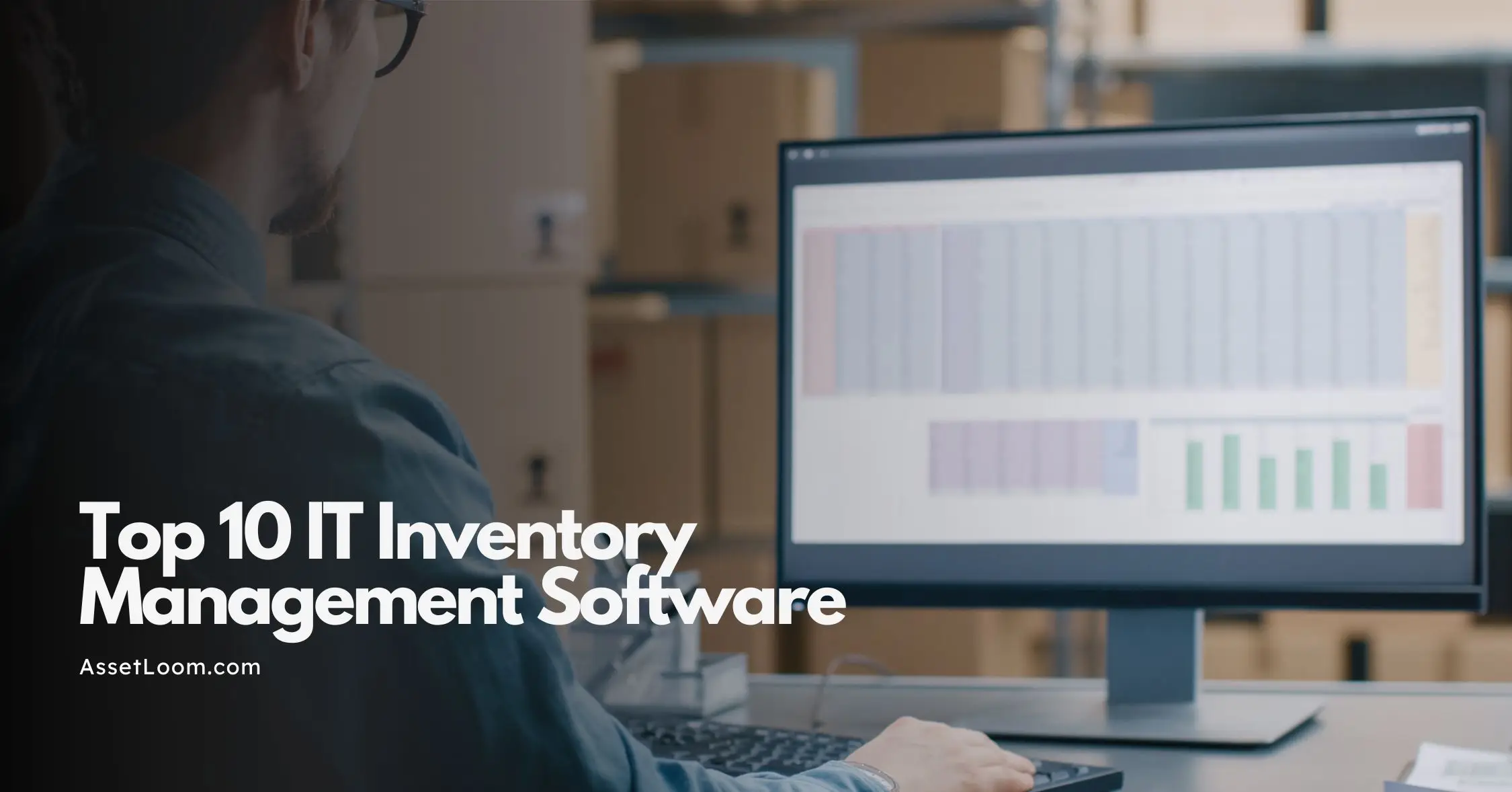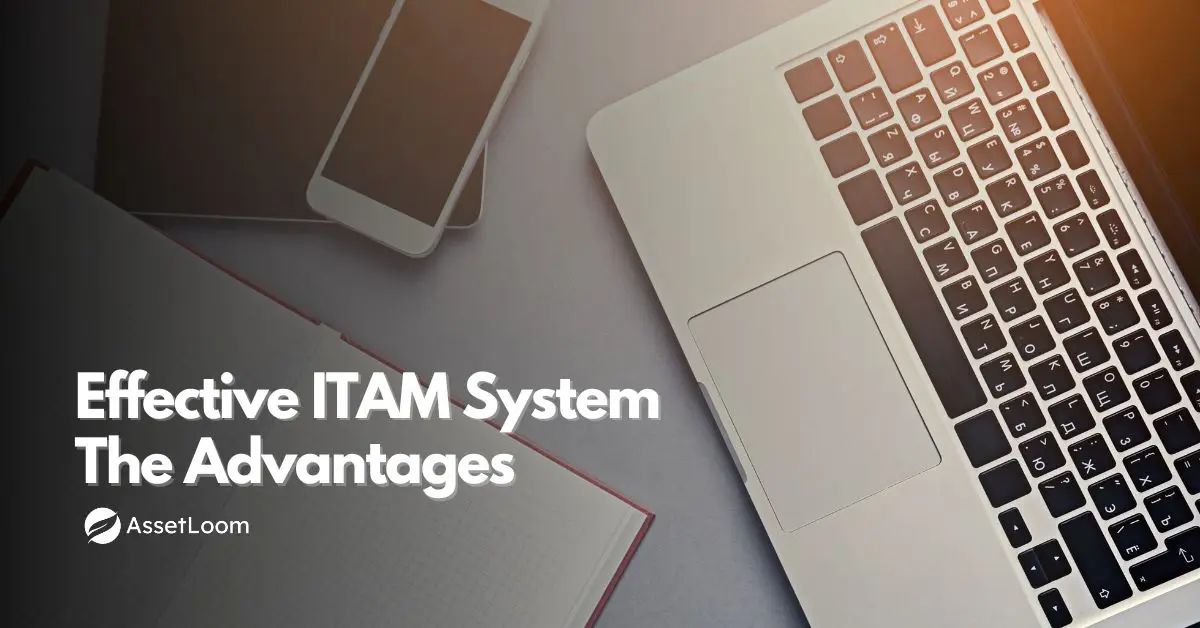Common Habits of Teams with the Best Enterprise IT Asset Management
Learn the common habits that help top enterprise IT asset management teams stay accurate, compliant, and ready to scale.
Enterprise IT asset management often breaks down in predictable ways. Asset inventories get out of date. Devices go missing. Teams lose track of who’s using what. In some cases, hardware sits unused for months while new purchases keep rolling in. Other times, no one notices a license has expired until it becomes a security issue.
These problems don’t always come from bad systems, they usually come from inconsistent habits.
Teams with the best IT asset management don’t wait for problems to show up. They build clear routines to keep inventory accurate, track asset lifecycles, and make smarter decisions. They work across departments, follow documented processes, and stay ahead of risks.
1. Keep the Inventory Accurate and Up-to-Date
Many asset problems start when no one is sure what equipment the organization actually owns. Laptops go missing. Software licenses expire without warning. Budgets get spent on things that were already available. To avoid this, teams with strong IT asset management make it a habit to keep their inventory accurate at all times.
They start by collecting information about every asset the company uses: computers, phones, printers, software licenses, and more. Some of this information can be gathered automatically using tools that scan the network to find connected devices. Other details, like where a laptop is physically stored or who it was given to, may need to be added by hand. Both are important.

Once collected, all this data is kept in one place, such as a shared system or database. This makes it easy for different teams like IT, finance, or procurement to check what assets exist and where they are. If each department keeps their own list separately, things quickly get confusing or outdated.
Keeping the inventory accurate also means assigning someone to update it whenever changes happen. If a new device arrives, it gets added. If a laptop is replaced or reassigned, the records are updated. Regular checks or audits help make sure that what’s in the system matches what’s actually on-site.
This habit may seem basic but it solves many bigger problems. When the inventory is complete and up-to-date, teams can avoid unnecessary purchases, find equipment faster, and stay ahead of issues like software compliance and hardware failures. Most importantly, it builds a solid foundation for scaling IT asset management. As the organization grows, having a reliable, current inventory ensures that new assets can be added and tracked without introducing chaos or losing control.
2. Track the Full Asset Lifecycle
Tracking the full lifecycle of IT assets means following each item from the moment it is purchased until it is removed or replaced. This habit helps teams get the most value from their assets and avoid costly surprises.
This process starts when assets are acquired. Teams document important details like cost, supplier, purchase date, and expected useful life. When assets are deployed, they record who is using them and where they are located. Over time, it is important to track changes in the asset’s condition and performance. For example, knowing if a device has problems or is reaching the end of its useful life helps teams plan maintenance or replacement before failures occur.
Keeping track until disposal is just as important. When an asset is no longer useful, it should be retired properly, following company policies and legal requirements. This includes removing sensitive data and updating inventory records to reflect the asset’s removal.
Teams that monitor the full lifecycle of their assets can make smarter decisions. They understand the real cost of ownership and can identify opportunities to reuse or redeploy equipment. This also helps prevent spending on unnecessary new purchases and improves budgeting for future needs.
By treating asset management as a continuous process, rather than a one-time task, teams keep control of their IT environment and avoid costly surprises.
3. Communicate and Collaborate Across Teams
This habit is about making asset management a shared responsibility. High-performing organizations do not leave IT teams to manage everything alone. They involve finance, procurement, facilities, and even end-users in the process. Everyone plays a part in keeping asset records accurate, following policies, and making smart decisions.

Poor communication is one of the biggest reasons asset management fails. If one team buys equipment without checking what is already available, or if no one updates the inventory when a device is reassigned, gaps and errors start to build up. Over time, this leads to missing assets, unnecessary spending, and conflicting data.
To avoid this, teams build a habit of staying connected. They create clear asset policies that outline how equipment should be handled from purchase to retirement. These policies are shared with all departments, not just IT, so everyone understands their role. When policies are clear and easy to follow, there is less confusion and better accountability.
Centralizing asset data also makes collaboration easier. Instead of each team keeping their own records, they all work from the same system. This gives everyone a consistent view of what the organization owns and how it is being used. It also allows faster, better decisions when issues come up or when it is time to plan new purchases.
By making collaboration part of the process, organizations build a stronger, more reliable asset management system that reflects how the business really works.
4. Plan Strategically and Optimize Use
This habit is about using asset data to make smarter decisions. Instead of reacting to problems as they come up, high-performing teams look ahead. They plan for future needs, improve how assets are used, and find ways to reduce waste.
The biggest advantage of strategic planning is avoiding surprises. By regularly reviewing inventory and lifecycle data, teams can see which assets are aging, which ones are underused, and what will need to be replaced soon. This helps with budgeting, avoids last-minute purchases, and ensures that critical equipment is always available when needed.
Asset audits are a key part of this habit. Teams schedule regular checks to make sure the inventory matches what’s actually in use. These audits help catch errors, uncover unused devices, and make sure licenses are being used correctly. Audits also support compliance by making it easier to prove that the organization is following rules related to software, data, and security.
Another way teams plan ahead is by using asset data to guide purchasing decisions. If a certain model of laptop consistently fails early, that information can be used to choose better hardware next time. If some devices are being left idle, they can be reassigned instead of buying new ones.
By focusing on long-term planning and continuous improvement, this habit helps organizations reduce costs, improve performance, and get the most out of every asset they own.
5. Manage Risks and Stay Compliant
To manage risks effectively, teams start by keeping accurate records of all hardware and software in use. They track where each asset is, who is using it, and what condition it is in. Software licenses are regularly reviewed to make sure nothing is expired, unused, or installed without approval. For physical devices, location and user data help prevent untracked equipment from being overlooked or misused. This level of visibility reduces the chance of unknown devices connecting to the network or sensitive data sitting on unmanaged hardware.

This habit matters because unmanaged assets often lead to serious problems. When software is out of date or unlicensed, organizations can face penalties during audits. When old devices are still active but not secured, they become easy targets for security threats. Many teams discover these problems only after something goes wrong.
Strong teams make risk management part of their regular routine. They schedule updates and patching to keep systems secure. They use access controls to make sure only the right people can use certain software or view sensitive information. When assets reach the end of their life, they follow strict steps to remove or destroy data before disposal.
By building these practices into their everyday work, teams reduce surprises and improve trust. They stay ahead of audits, prevent security issues, and make sure their organization is following legal and regulatory rules at all times.
6. Update Asset Records Consistently Using Your Tracking Method
The best enterprise IT asset management teams make it a habit to update asset records every day. They follow one tracking method closely and ensure every change—whether it’s a new device, a move, or disposal—is recorded immediately and accurately.
This daily discipline keeps inventory data reliable and prevents errors from piling up. When updates happen consistently, it becomes easier to locate assets, avoid duplicates, and plan ahead. Everyone on the team knows their role in maintaining accurate records and follows the same process without exception.
By treating record updating as a regular part of their work, teams build a trustworthy system that supports all other asset management habits.
Conclusion
Teams with the best enterprise IT asset management don’t rely on luck or last-minute fixes. They build strong habits that support accuracy, collaboration, planning, risk control, and consistent tracking every day. By keeping inventory up-to-date, working across teams, planning ahead, managing risks carefully, and maintaining reliable records, these teams create an asset management system that truly works.
Developing these habits takes effort, but the payoff is significant. Organizations gain better visibility into their assets, reduce waste and risk, and make smarter decisions about their technology investments. Following these proven habits helps teams move from struggling with asset chaos to running a well-organized, efficient operation.

Related Blogs
Subscribe for Expert Tips and Updates
Receive the latest news from AssetLoom. right in your inbox


